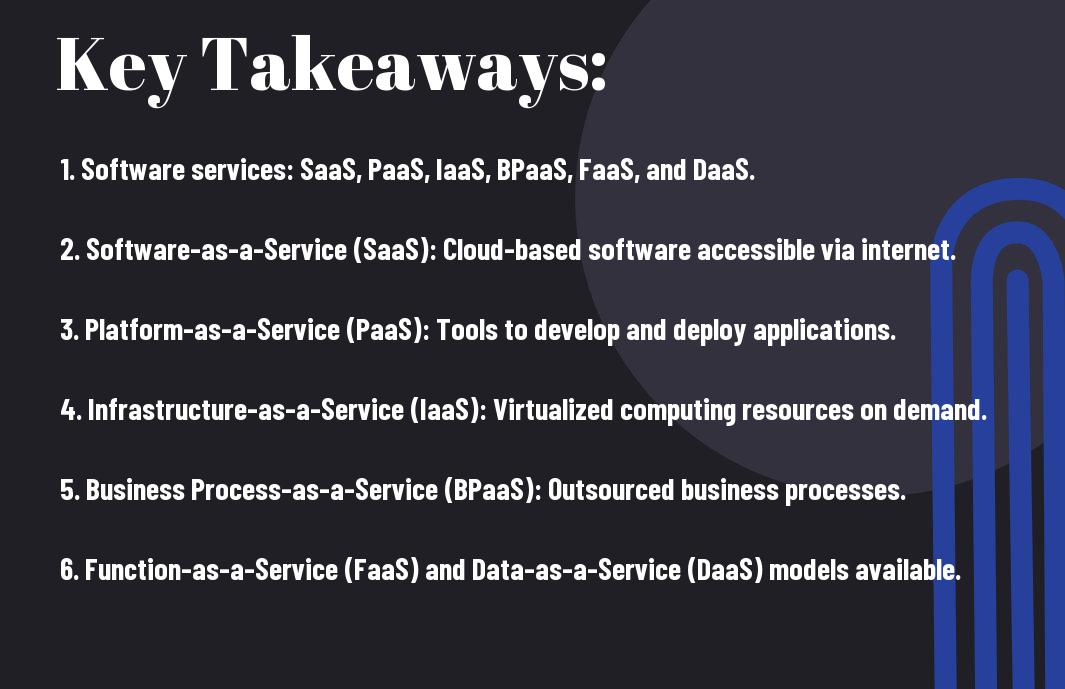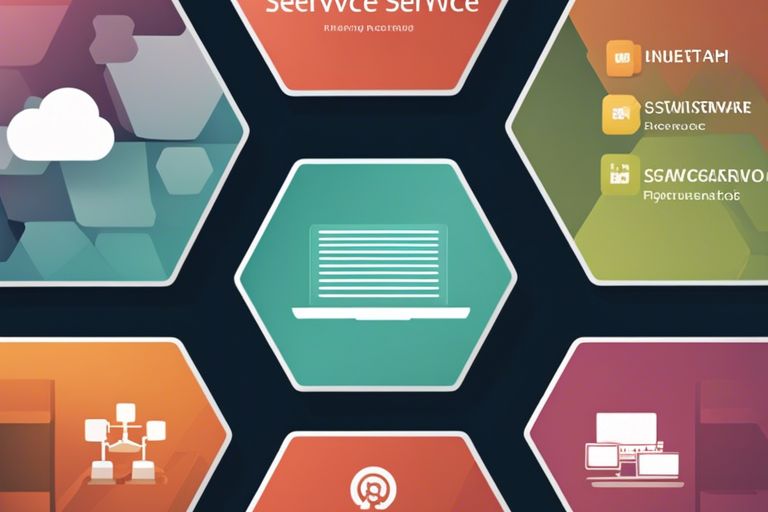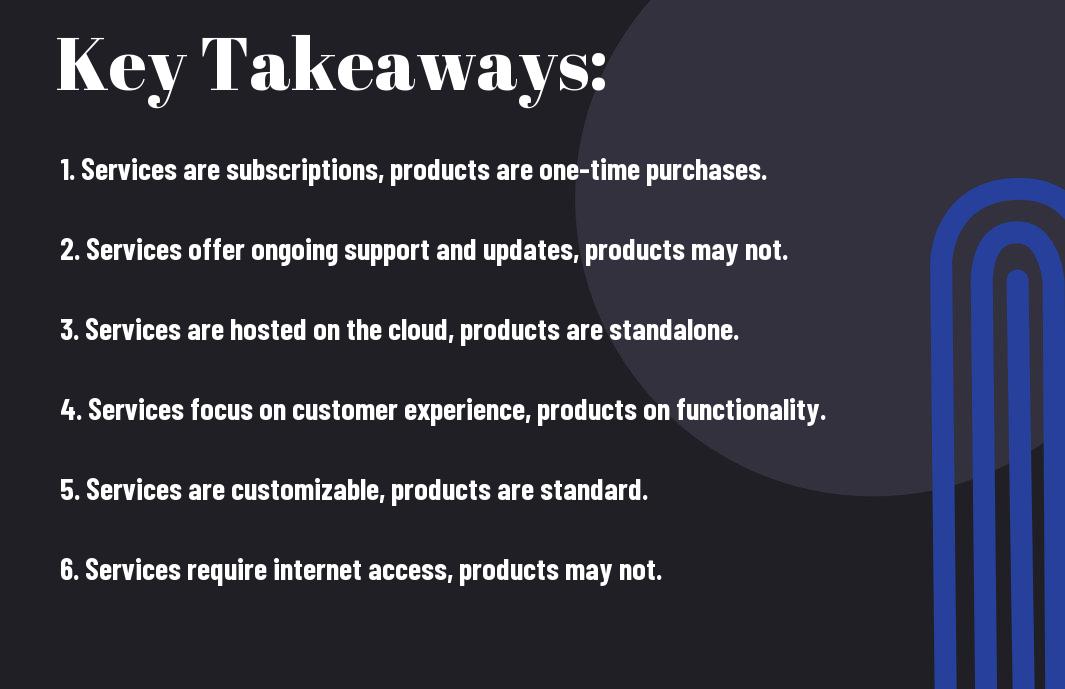As you navigate the vast landscape of modern technology, you’re likely to encounter a myriad of services tailored to your specific needs, available at your fingertips. Your daily life is being transformed by the rise of on-demand services, and behind this revolution lies the power of Artificial Intelligence (AI) agents. You may wonder how these services manage to cater to your requests with such precision and speed, and the answer lies in the sophisticated algorithms and intelligent systems that facilitate them, which we will explore in this article.
Key Takeaways:
- AI agents play a significant role in enhancing customer experience by providing personalized recommendations and real-time support for on-demand services, making the interaction more efficient and user-friendly.
- The integration of AI agents in on-demand services enables automated processing and streamlined operations, allowing businesses to scale their services more effectively and handle a large volume of requests simultaneously.
- AI-powered agents facilitate data-driven decision-making by analyzing user behavior and preferences, enabling businesses to optimize their on-demand services and improve overall customer satisfaction.

Fundamentals of AI Agents
While exploring on-demand services, you will inevitably encounter AI agents, which are revolutionizing the way you interact with various platforms and systems, enabling a more streamlined and efficient experience.
Definition and Basics
Defining the basics of AI agents, you’ll find that they are necessaryly software programs designed to perform specific tasks, leveraging artificial intelligence and machine learning to facilitate autonomous decision-making and action execution, enhancing your overall experience with on-demand services.
Key Characteristics
Characterizing AI agents, you’ll notice that they possess distinct traits, such as autonomy, reactivity, and proactivity, which enable them to adapt to your needs and preferences, providing personalized support and assistance in real-time.
This ability of AI agents to learn from your interactions and adapt to your behavior is what makes them so effective in facilitating on-demand services, allowing you to access a wide range of services and products with ease and convenience, and as you explore deeper, you will discover more about the intricate mechanisms that drive these intelligent agents, enabling you to harness their full potential in your daily life.
On-Demand Services Overview
If you’re considering the role of AI agents in facilitating services, it’s imperative to understand the concept of on-demand services. These services provide users with instant access to various products and solutions, catering to their immediate needs.
Types of Services
If you explore the types of on-demand services, you’ll find:
- Food delivery
- Transportation
- Household chores
- Healthcare
- Education
Any of these services can be accessed through AI-powered platforms, making your life more convenient.
| Service Type | Description |
|---|---|
| Food Delivery | Ordering food online |
| Transportation | Booking a ride |
| Household Chores | Hiring a cleaning service |
| Healthcare | Consulting a doctor online |
| Education | Accessing online courses |
Benefits and Challenges
By analyzing the benefits and challenges of on-demand services, you can better understand their impact on your daily life. By leveraging AI agents, you can enjoy increased convenience and efficiency.
Understanding the benefits and challenges of on-demand services is vital for you to make the most of these platforms. By exploring the advantages, such as increased flexibility and reduced waiting times, you can appreciate the value that AI agents bring to your life. Moreover, being aware of the challenges, like security concerns and dependence on technology, allows you to navigate these services effectively and make informed decisions about your usage.
Role of AI in Service Delivery
Your reliance on AI agents for on-demand services is growing, and it’s revolutionizing the way you receive goods and services, making it faster and more efficient.
Automation and Efficiency
Across various industries, AI-powered automation is streamlining processes, enabling you to get what you need quickly and accurately, saving you time and effort.
Personalization and Adaptation
Hence, as you continue to use AI-facilitated on-demand services, you’ll notice that the personalization and adaptation aspects become even more sophisticated, allowing you to receive services that cater to your unique tastes and requirements, making your life easier and more comfortable, and enabling you to make the most of your time.
AI Agent Architecture
Once again, you find yourself at the forefront of innovation, where AI agents are redefining on-demand services. Their architecture is the backbone of this revolution, enabling seamless interactions and efficient task management.
Design and Development
Alongside the advancement of technology, you can design and develop AI agents that cater to your specific needs, possessing the ability to learn and adapt to new situations, making them highly effective in facilitating on-demand services.
Integration with Existing Systems
Beneath the surface of this technological landscape, you will find that integrating AI agents with existing systems is relatively straightforward, allowing you to leverage their capabilities without overhauling your infrastructure.
In addition, as you research deeper into the integration process, you will discover that AI agents can be effortlessly incorporated into your current workflow, enhancing your ability to provide on-demand services by automating tasks, streamlining operations, and ultimately improving customer satisfaction, which is a key aspect of your business, and by doing so, you will be able to stay ahead of the competition in an ever-evolving market.
Applications and Examples
To understand the potential of AI agents, you should explore their various applications, which are transforming the way you access services, making them more efficient and personalized.
Virtual Assistants and Chatbots
Apparently, AI-powered virtual assistants and chatbots are revolutionizing customer service, enabling you to interact with companies and access information more conveniently.
Smart Homes and Cities
With the integration of AI agents, you can control and monitor your home’s systems, making your life easier and more comfortable, as you experience the benefits of automated management.
In fact, as you investigate deeper into the concept of smart homes and cities, you will discover that AI agents play a significant role in optimizing energy consumption, traffic management, and public safety, allowing you to enjoy a more efficient and sustainable living environment.
Future Directions and Opportunities
Now that you have seen the potential of AI agents in on-demand services, you can expect even more innovative applications in the future, as technology continues to evolve and improve.
Emerging Trends and Technologies
Against the backdrop of rapid advancements, you will notice the rise of new trends and technologies, such as edge AI and explainable AI, which will further enhance the capabilities of AI agents in on-demand services.
Potential Risks and Limitations
About the potential risks, you should be aware that as AI agents become more autonomous, there are concerns about data privacy and security, which you will need to address in order to fully trust these systems.
Directions for mitigating these risks involve implementing robust security measures and ensuring transparency in AI decision-making, allowing you to have more control over your interactions with AI agents and on-demand services, and making informed decisions about your data and privacy.
Final Words
Following this exploration of AI agents, you now understand how they facilitate on-demand services, revolutionizing your interactions. As you continue to explore into this realm, consider consulting a Complete Guide to AI Agents – Spheron’s Blog for in-depth insights. Your grasp of AI agents will enable you to harness their full potential, transforming your experiences with on-demand services.
FAQ
Q: What are AI agents and how do they facilitate on-demand services?
A: AI agents are artificial intelligence-powered systems that can perform tasks autonomously, making them ideal for facilitating on-demand services. They can process large amounts of data, learn from user interactions, and make decisions in real-time, allowing them to provide personalized and efficient services to customers. By leveraging AI agents, businesses can offer on-demand services that are tailored to individual needs, improving customer satisfaction and loyalty.
Q: How do AI agents improve the efficiency of on-demand services?
A: AI agents improve the efficiency of on-demand services by automating tasks, streamlining processes, and optimizing resource allocation. They can analyze user requests, match them with available resources, and allocate tasks to the most suitable service providers. This reduces wait times, increases productivity, and enables businesses to handle a large volume of requests simultaneously. Additionally, AI agents can predict demand and adjust resource allocation accordingly, minimizing waste and reducing costs.
Q: What types of on-demand services can be facilitated by AI agents?
A: AI agents can facilitate a wide range of on-demand services, including food delivery, transportation, household chores, and healthcare services. They can also be used to provide customer support, answer frequently asked questions, and help users troubleshoot issues. Furthermore, AI agents can be integrated with various platforms, such as mobile apps, websites, and chatbots, to provide seamless and convenient services to customers.
Q: How do AI agents ensure personalized experiences for on-demand services?
A: AI agents ensure personalized experiences for on-demand services by analyzing user data, preferences, and behavior. They can learn from user interactions, identify patterns, and make recommendations based on individual needs. For example, an AI-powered food delivery service can suggest menu items based on a user’s dietary preferences and order history. Similarly, an AI-powered transportation service can optimize routes and provide personalized estimates based on a user’s location and traffic conditions.
Q: What are the benefits of using AI agents for on-demand services?
A: The benefits of using AI agents for on-demand services include increased efficiency, improved customer satisfaction, and reduced costs. AI agents can handle a large volume of requests, provide 24/7 support, and resolve issues quickly, leading to higher customer satisfaction and loyalty. Additionally, AI agents can help businesses reduce labor costs, minimize errors, and optimize resource allocation, resulting in increased productivity and profitability. Overall, AI agents can help businesses provide high-quality on-demand services that meet the evolving needs of customers.












